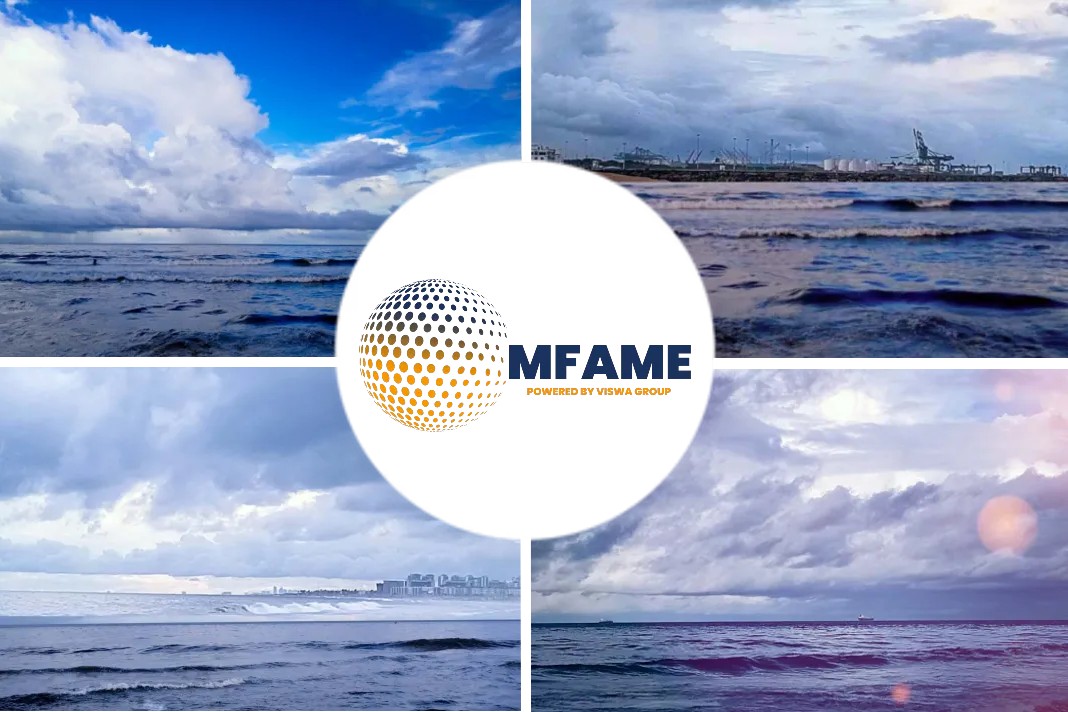- It is currently the only provider of STS bunkering in Singapore and has completed 24 STS bunkering operations since March 2021, contributing to the growth of the LNG ecosystem and the country’s ambition to become a leading LNG bunkering hub.
- Shell believes LNG is the first step to decarbonise the shipping sector, as it offers immediate emissions reduction.
- The trucks are used to transport containers between vessels berthed at the wharf side to the container yard.
A joint venture between Keppel Offshore & Marine Ltd (Keppel O&M) and Shell Eastern Petroleum (Pte) Ltd, is advancing LNG adoption in Singapore by conducting over 460 operations in 2021, including ship-to-ship (STS) and truck-to-ship bunkering, as well as truck-to-industry operations as reported by FueLNG.
LNG ecosystem
It is currently the only provider of STS bunkering in Singapore and has completed 24 STS bunkering operations since March 2021, contributing to the growth of the LNG ecosystem and the country’s ambition to become a leading LNG bunkering hub.
Mr Chris Ong, Chairman of FueLNG and CEO of Keppel O&M, added, “As the leading provider of LNG bunkering in Singapore, FueLNG has been delivering reliable, economical, and value-added LNG solutions for customers despite the operational challenges posed by the pandemic.
We are seeing strong demand for LNG in Singapore for bunkering and other industrial uses.
FueLNG, with its technical expertise and experience, is well-positioned to capture these opportunities.
This is in line with Keppel’s Vision 2030 to pursue greener energy developments.”
Safe operations
“Conducting safe ship-to-ship LNG bunkering operations in Singapore is important for the continued growth of LNG as a fuel in shipping, and our remarkable progress in 2021 shows FueLNG’s commitment to this”, Tahir Faruqui, General Manager, Shell Global Downstream LNG, said.
Shell believes LNG is the first step to decarbonise the shipping sector, as it offers immediate emissions reduction.
LNG is a fuel in transition as it has the potential to get to Net Zero emissions through bio-LNG and synthetic LNG (from green hydrogen).
“We look forward to continued growth in LNG bunkering in Singapore and at other key ports around the world.”
In recognition of the significant progress in promoting LNG bunkering and LNG distribution to the industry, FueLNG was conferred the World LNG Award 2021 for Outstanding Contribution in early December 2021.
Ship-to-ship (STS) bunkering
Since its first STS bunkering operation in March 2021, FueLNG Bellina, Singapore’s first LNG bunkering vessel, has provided LNG bunker to 24 vessels, including containerships and Aframax tankers.
FueLNG undertook Asia’s first ship-to-containership LNG bunkering for the CMA CGM SCANDOLA.
This first STS LNG bunkering operation by CMA CGM and FueLNG underscored both companies’ commitment to contribute to Singapore’s ambition to become a leading LNG bunkering hub in Asia.
In 2022, FueLNG will commence providing LNG bunkers to five LNG-fuelled Newcastlemax bulk carriers which have been chartered by BHP to transport iron ore between Western Australia and China.
This is part of BHP’s first LNG bunker supply agreement with Shell.
Truck-to-ship (TTS) Bunkering
In 2021, FueLNG completed around 440 TTS and truck-to-industry operations.
FueLNG commenced operations to provide LNG logistics and refuelling services for PSA Singapore’s fleet of 160 LNG-powered trucks.
This includes the transportation of LNG from the Singapore LNG terminal on Jurong Island to the LNG kiosk in PSA’s container terminal in Pasir Panjang.
Since its deployment, the LNG-powered trucks have helped PSA reduce its carbon dioxide equivalent emissions by around 20% against the diesel variant.
The trucks are used to transport containers between vessels berthed at the wharf side to the container yard.
To date, FueLNG has completed 360 TTS operations and 360 truck-to industry operations.
Did you subscribe to our newsletter?
It’s free! Click here to subscribe!
Source: FueLNG
























